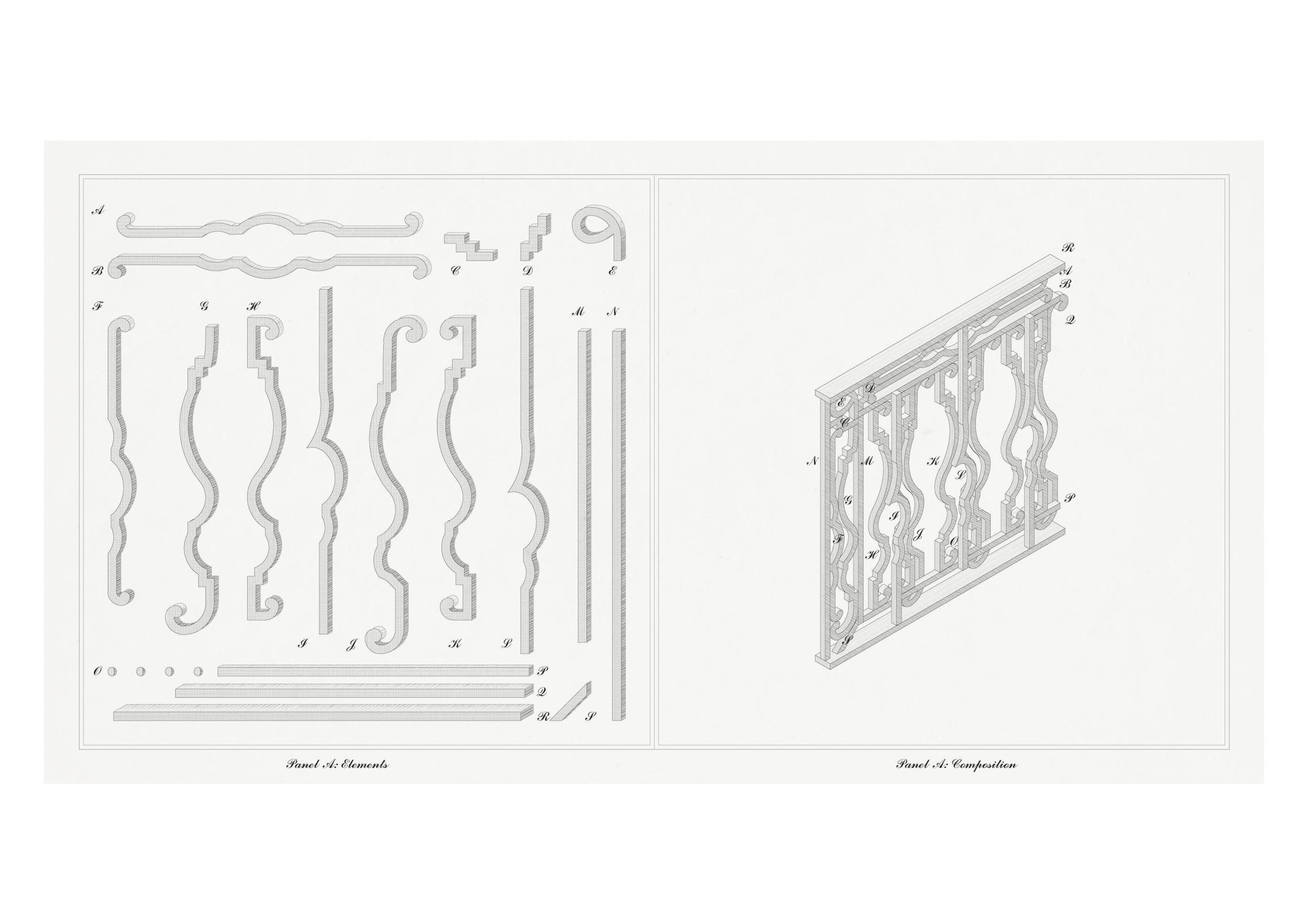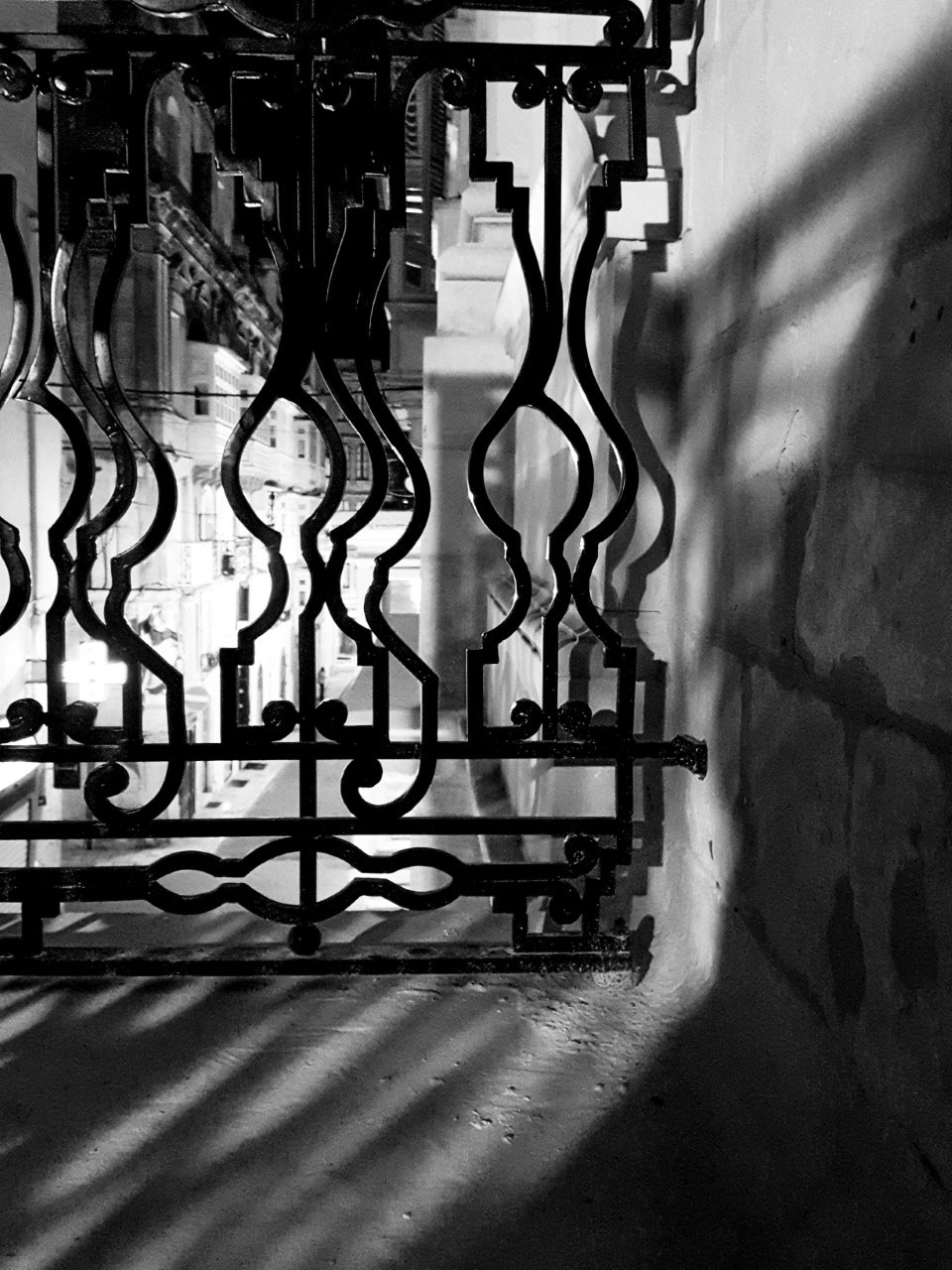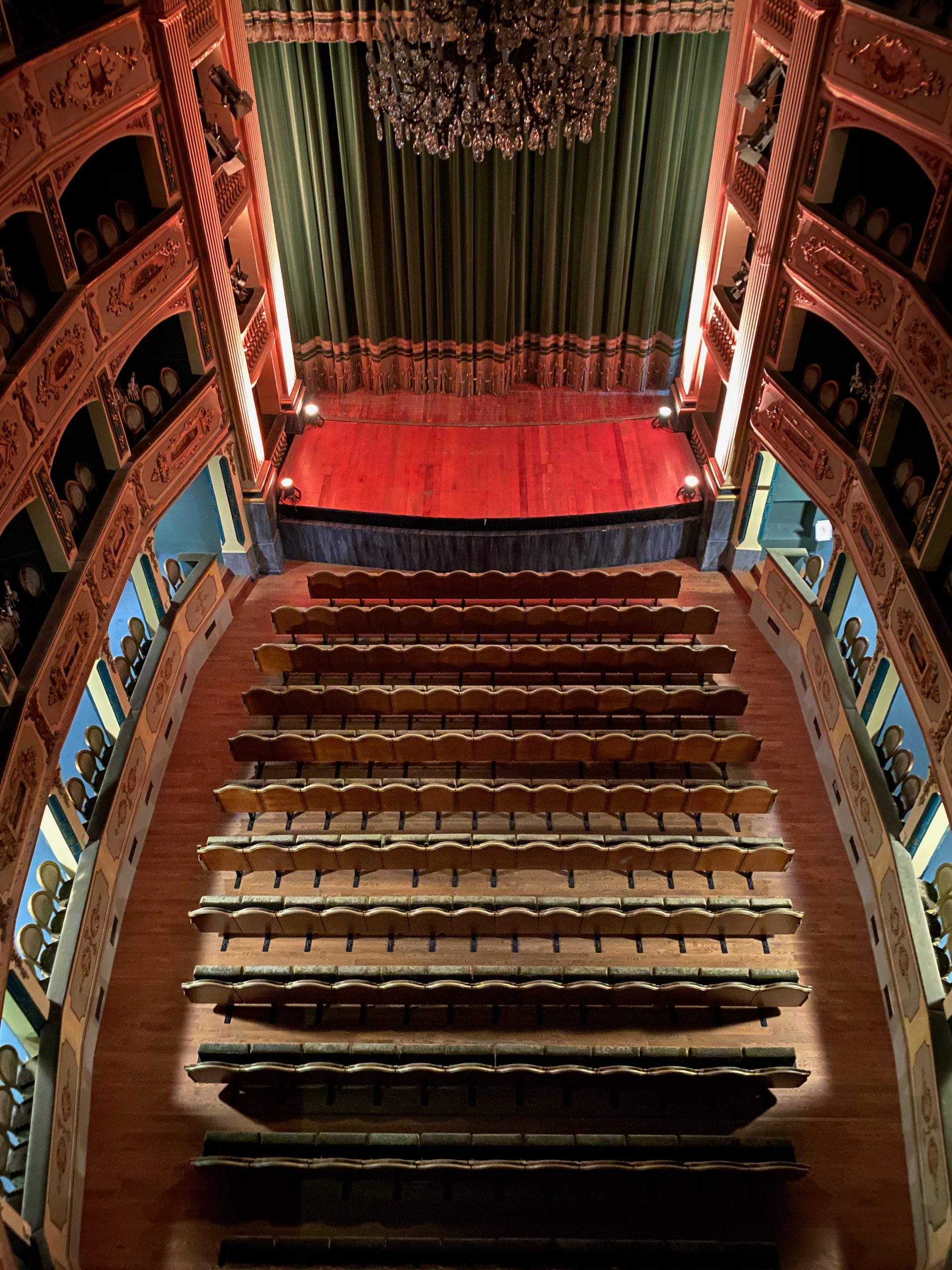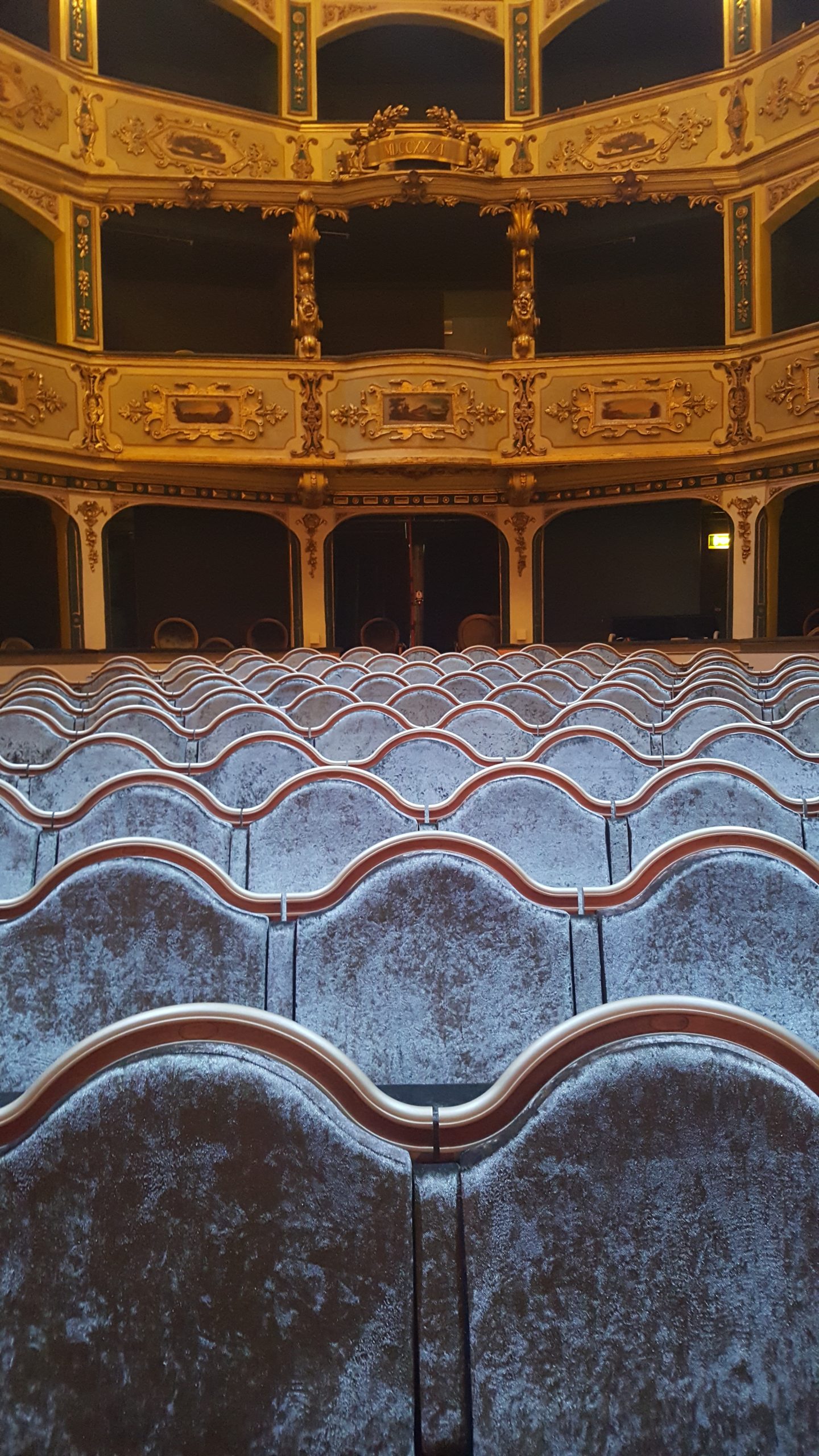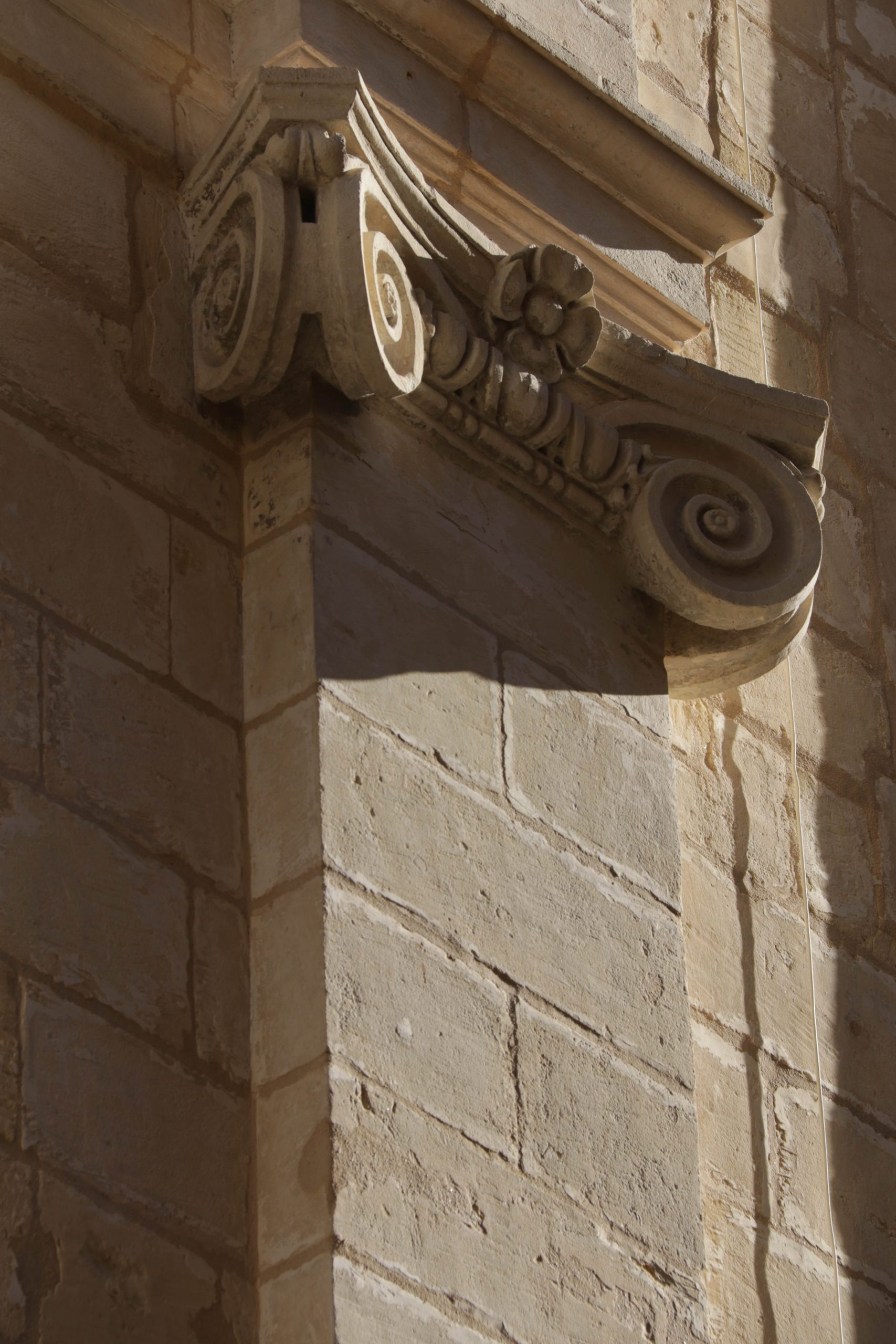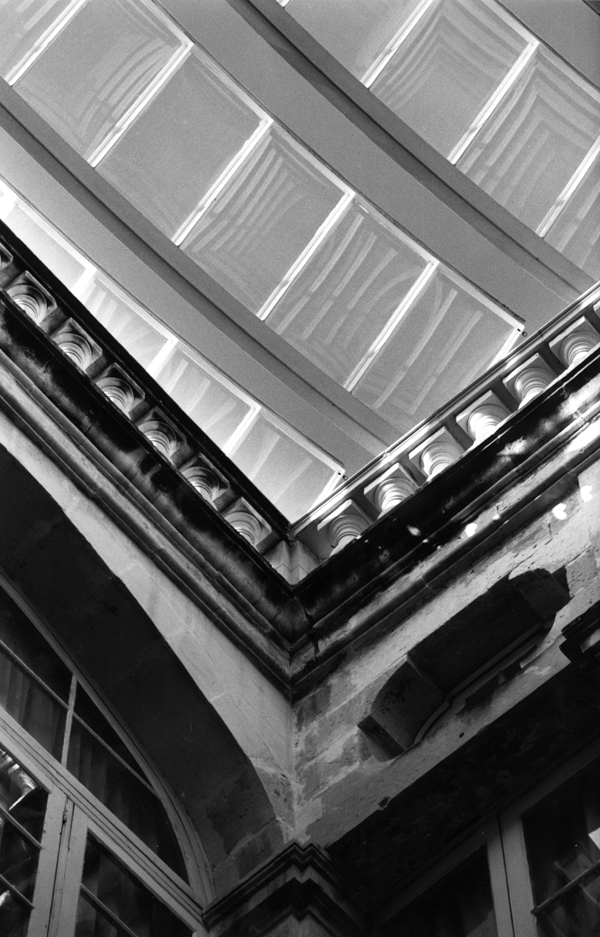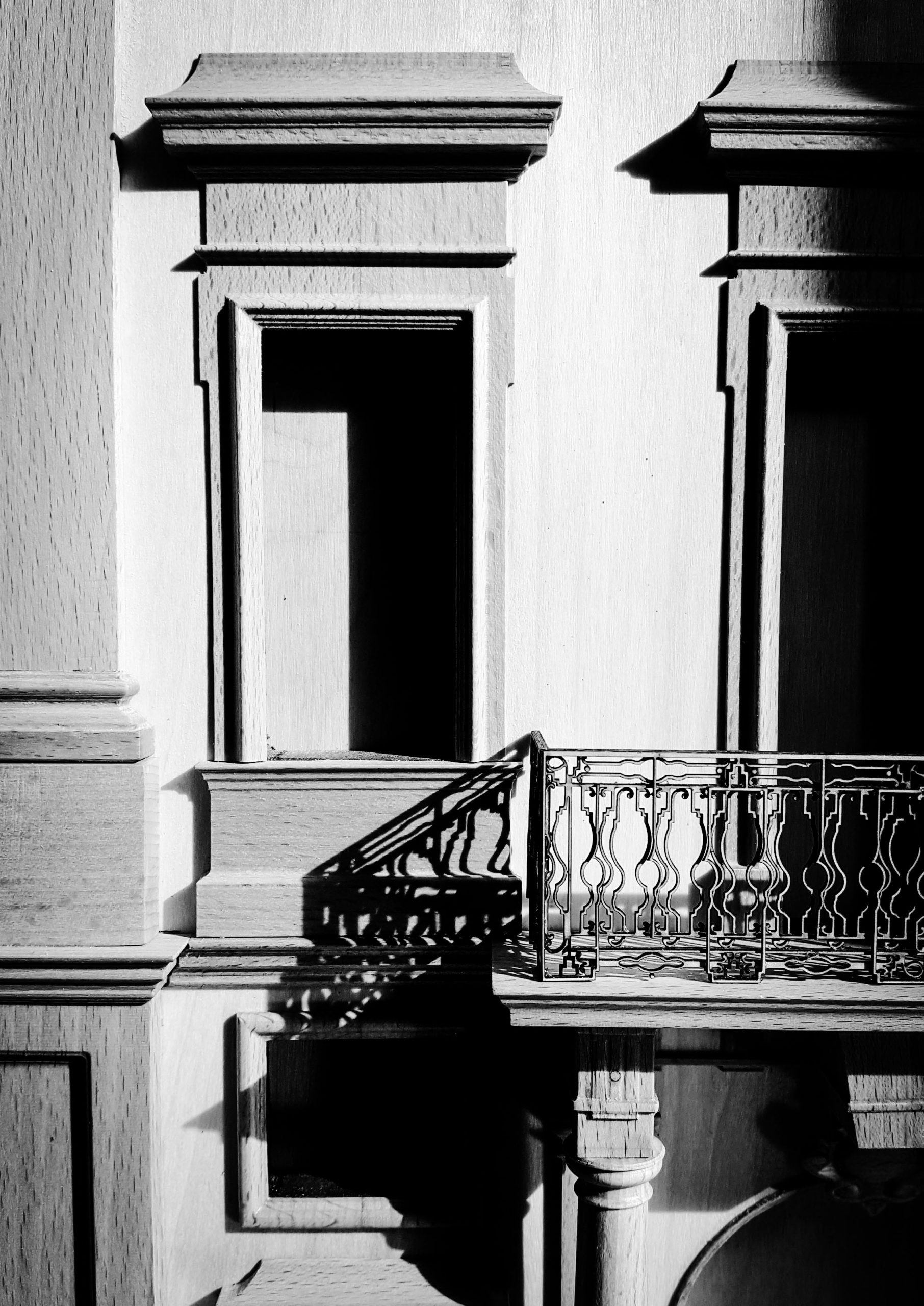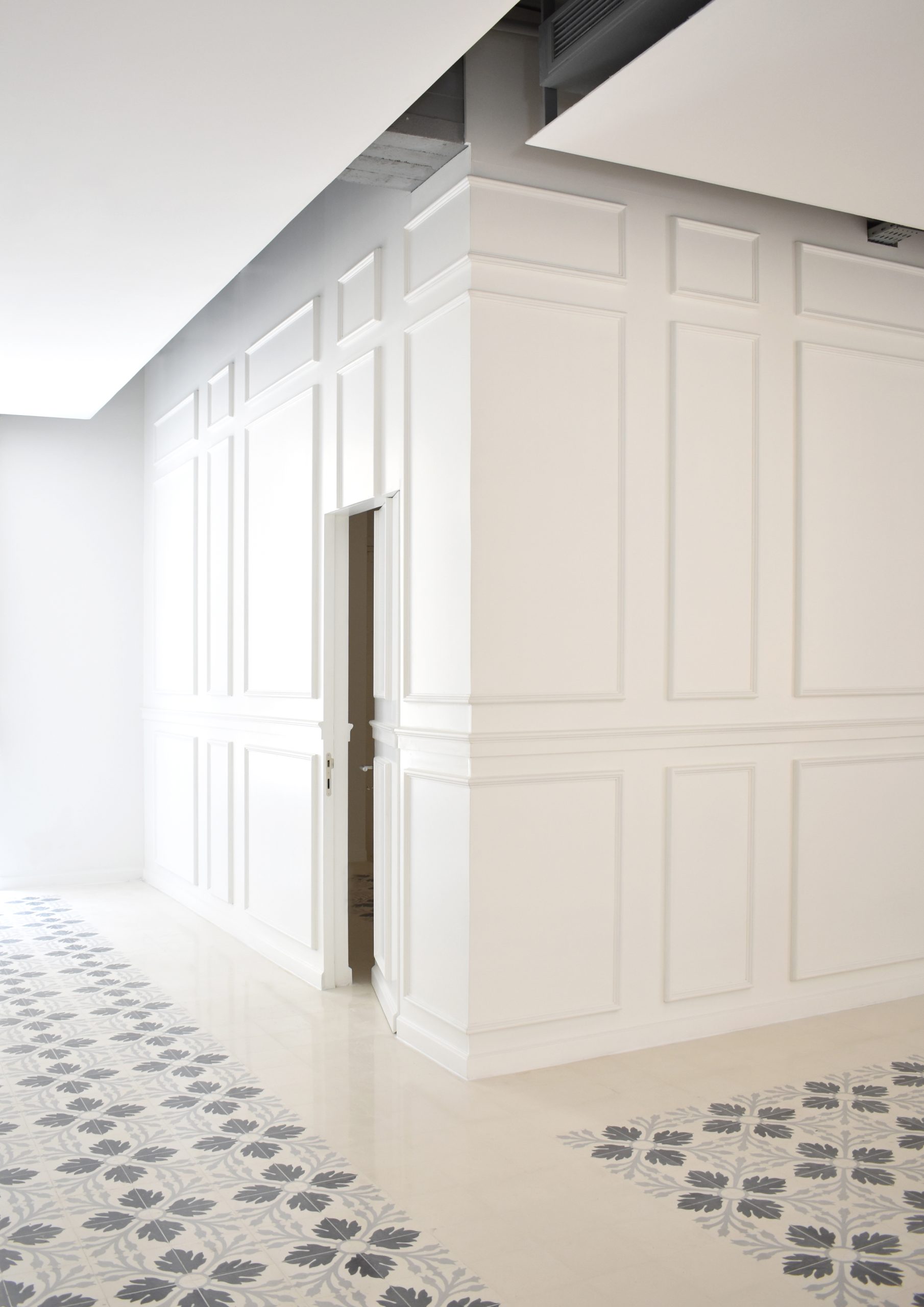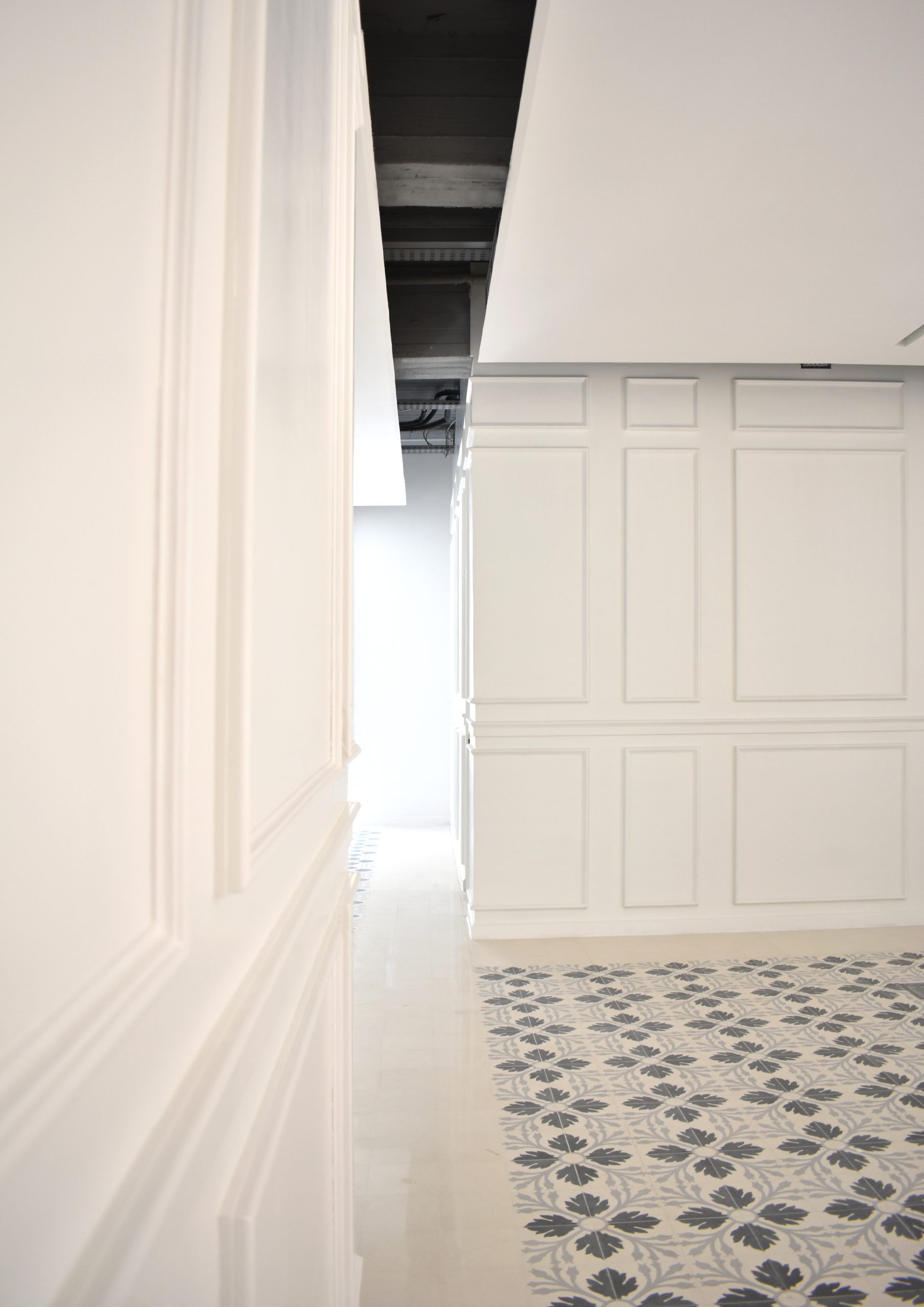Manoel Theatre
| Date | 1996–Ongoing |
|---|---|
| Client | Manoel Theatre |
| Value | n.a. |
| Location | Valletta |
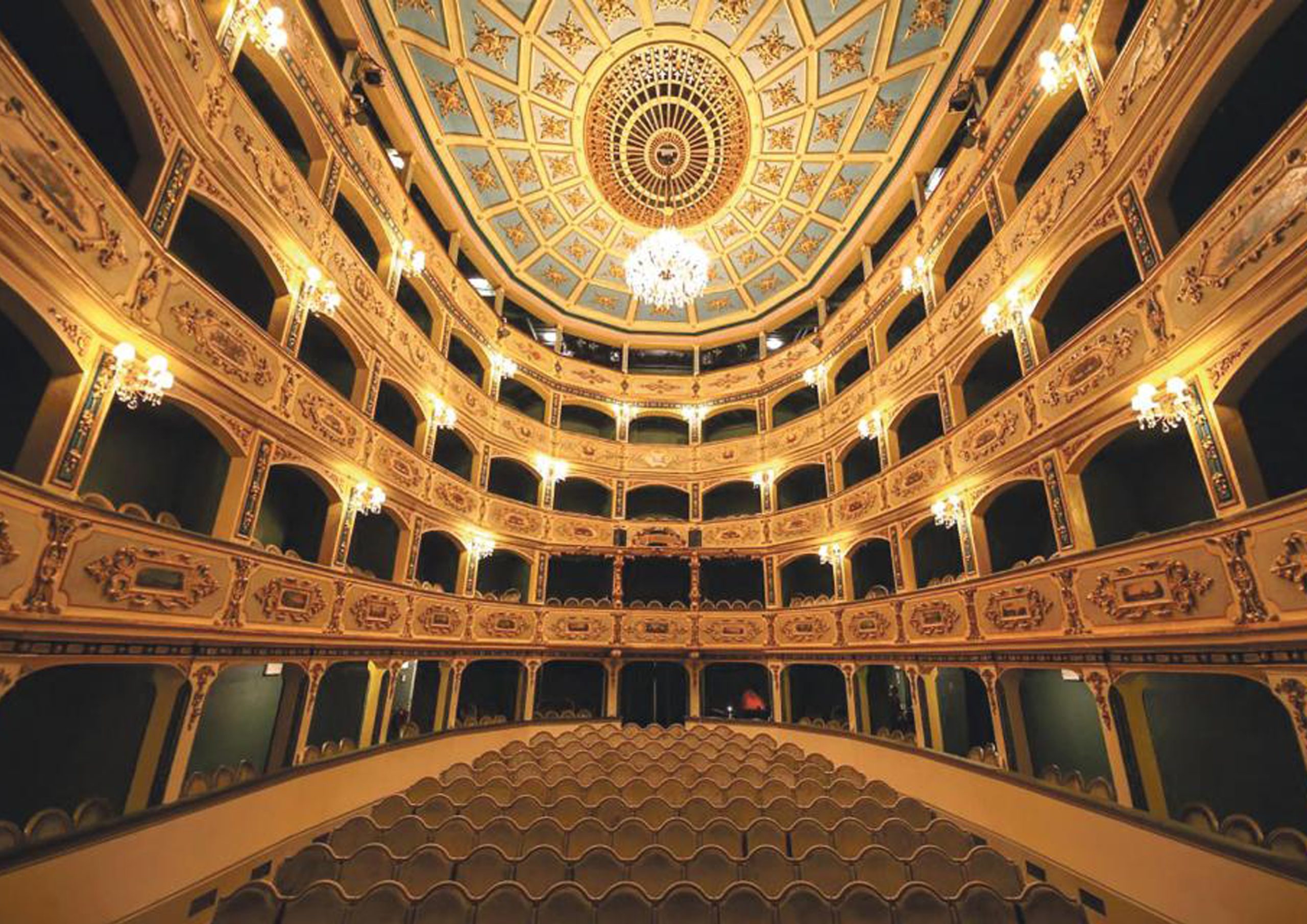
The rehabilitation of the Manoel Theatre was initiated in the late 1990’s by the Manoel Theatre Management Committee and led by AP Valletta up to completion. The masterplan focused on improving the theatre facilities and developing and diversifying the cultural activities it houses, while simultaneously aiming at lending a new public image to the theatre, with a view to increase its external legibility and emphasise its importance, both
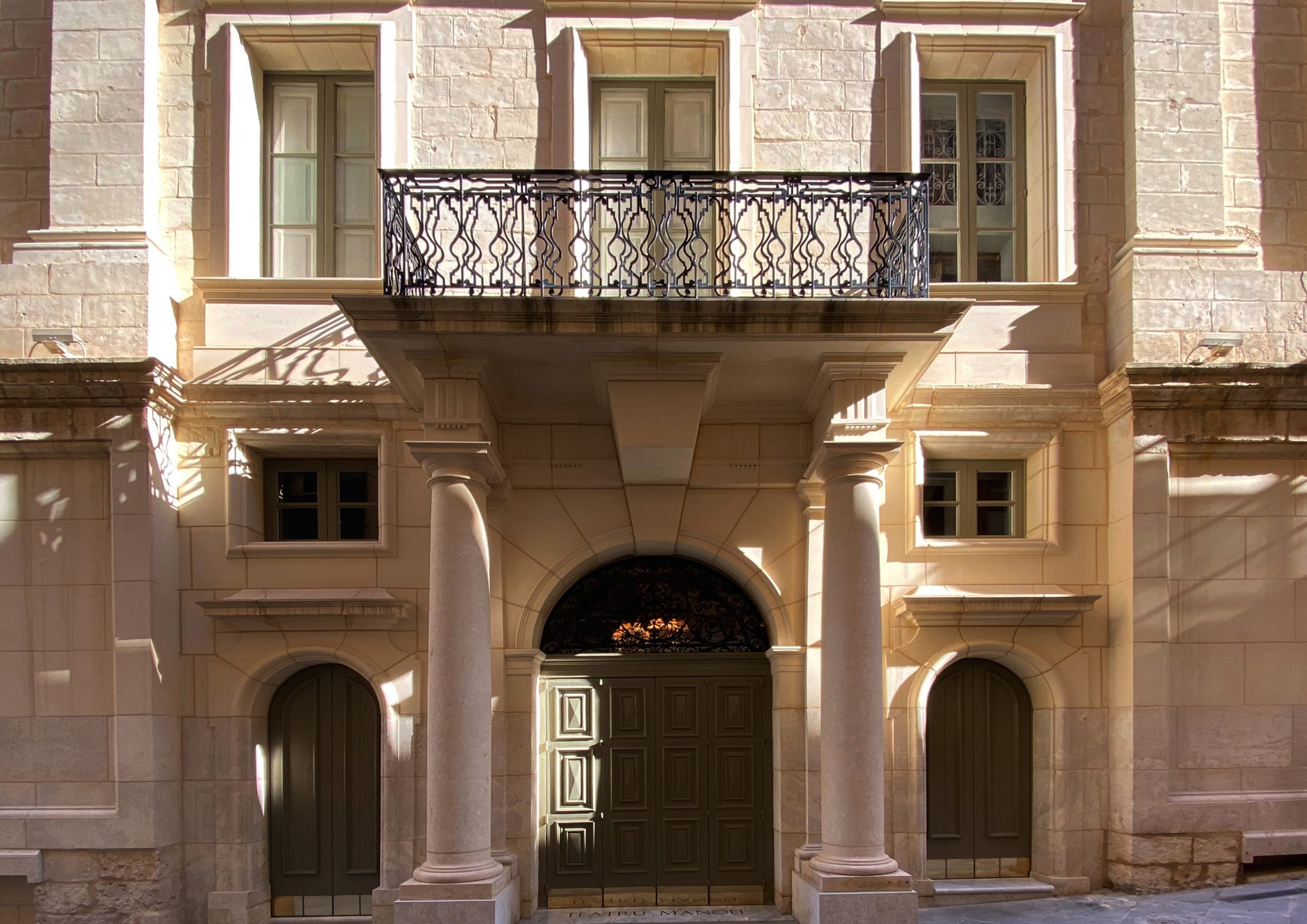
The Manoel Theatre and its annexes are situated in the heart of Valletta. The annexes, which consist of a series of 18th century houses abutting the theatre party walls, were acquired at various stages of its history with the intent to use them to house activities associated with the theatre functions. In the late 1990s, the Theatre embarked on a refurbishment and expansion programme on the basis of the master plan formulated, which added a new bar and foyer fitted into the neighbouring courtyard of Palazzo Bonnici, covered with an innovative retractable roof. The projects also included the creation of a theatre museum, the reallocation and redesign of the ticket booking offices, the creation and fitting out of a specialized book and record shop, as well as the insertion of three studio apartments
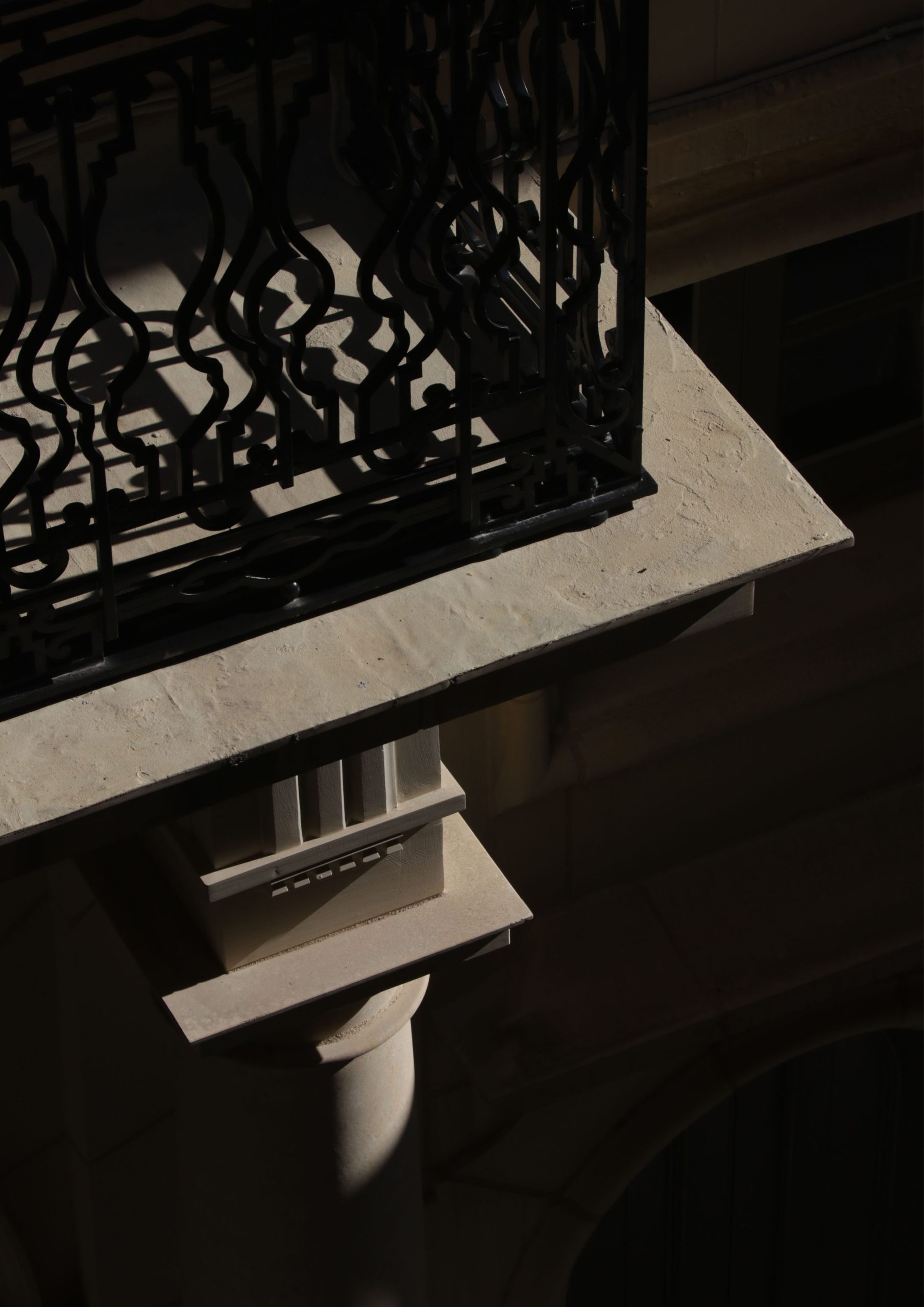
Over the years, AP Valletta was also entrusted with several restoration interventions and, more recently, with the installation of a new climate-control system in the baroque auditorium, which was itself restored to its original layout, with the seating in the stalls reformed to remove the central aisle and reintroduce the parterre boxes along the sides. This new seating aims at recreating the intimacy typical of the original 18th century baroque theatre as documented on historical drawings. The project was concluded with the restoration of the façade and main entrance. Currently, the administrative block and ticket office, together with public amenities, a new foyer and VIP room, are being refurbished under the guidance
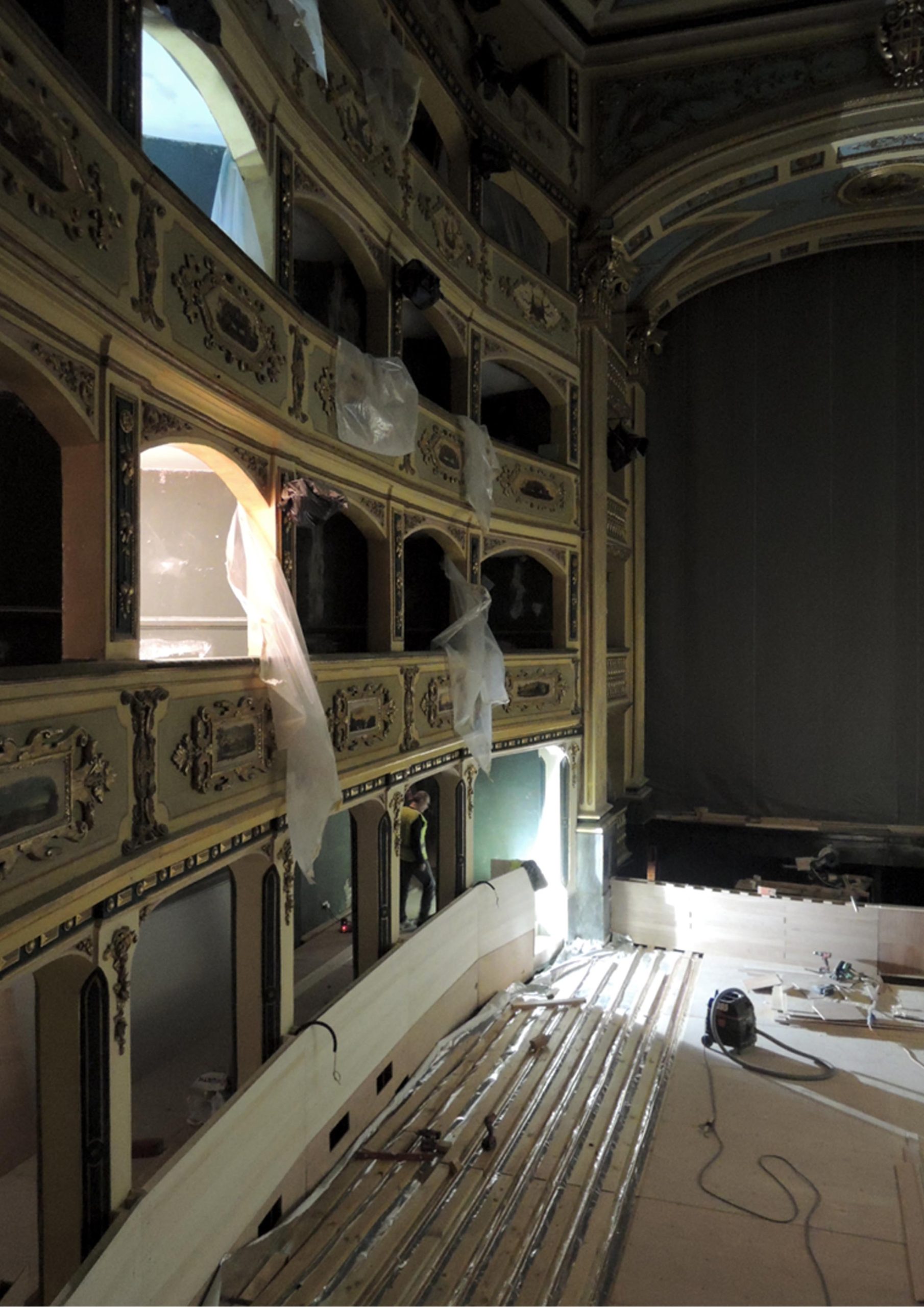
To consolidate the documentation of the historical evolution of this building, BIM Technology is being used to record both the transformation of the theatre, as well as to store historical information. The BIM model has been designed to include the different stages of the theatre’s architectural development from 1732 to 2021, incorporating evidence gathered from historical drawings and photographs as well as data gathered during site investigations and restoration works. The 3D dynamic model can be used to highlight any transformation phase or building elements and acts as a link to a database of information gathered by AP Valletta over the years; showing the theatre as it was originally constructed, and how it has been transformed throughout its history. The ability to capture building data and information, and store it in a central database, is crucial to ensure a long-term sustainable approach when dealing with a heritage building
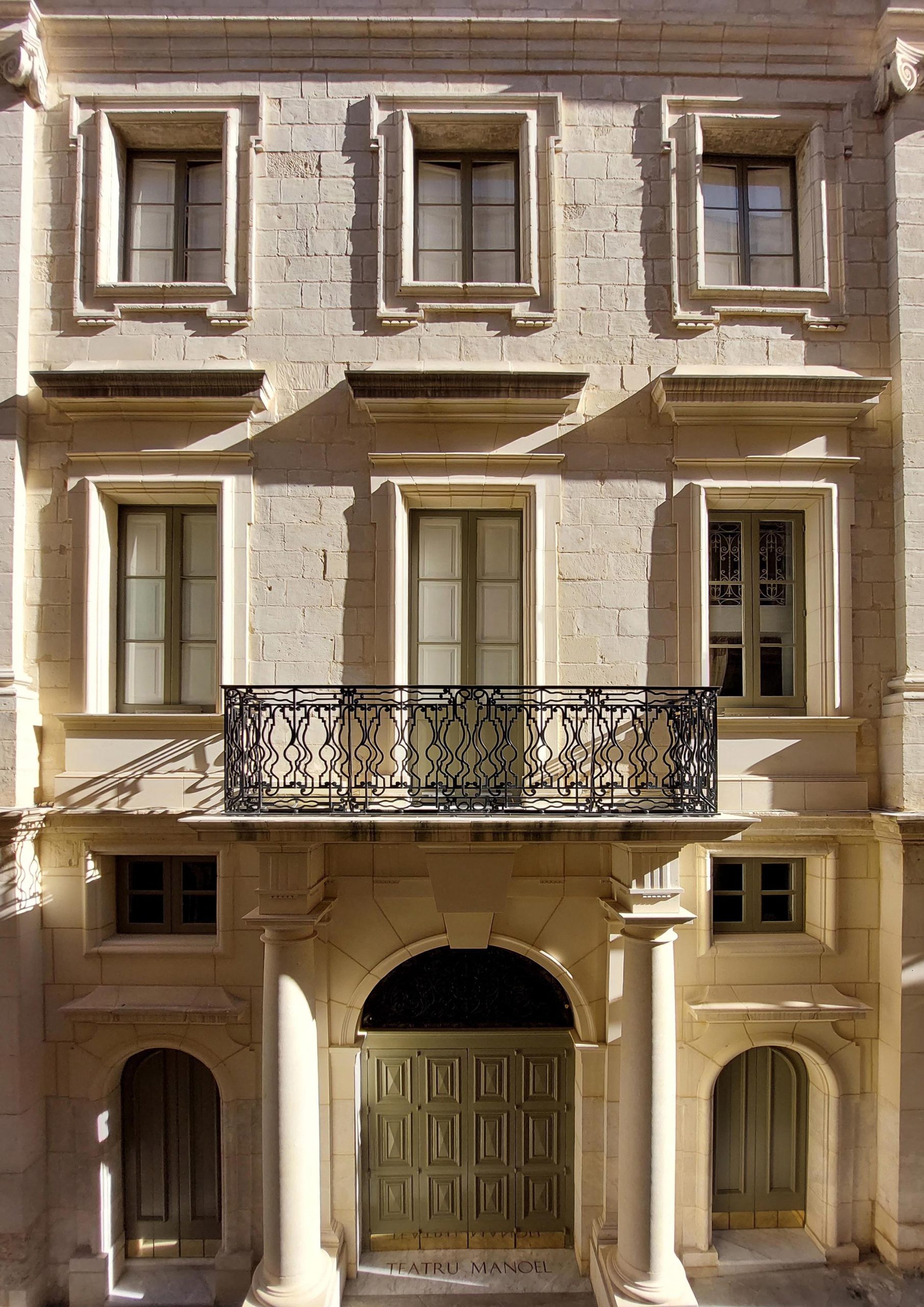
In 2018 a climate control system was installed to stabilise the temperature and relative humidity within the theatre, and ensure that fluctuations are controlled, for the constant preservation of the historic fabric. The system was designed for the optimal temperature and relative humidity of the various historical building components, stabilising it to limit the expansion and contraction of such materials, which would otherwise encourage their deterioration. The project also included the redesign of the platea, restoring it to its original layout and reintroducing the parterre boxes, as depicted in the plans found in the
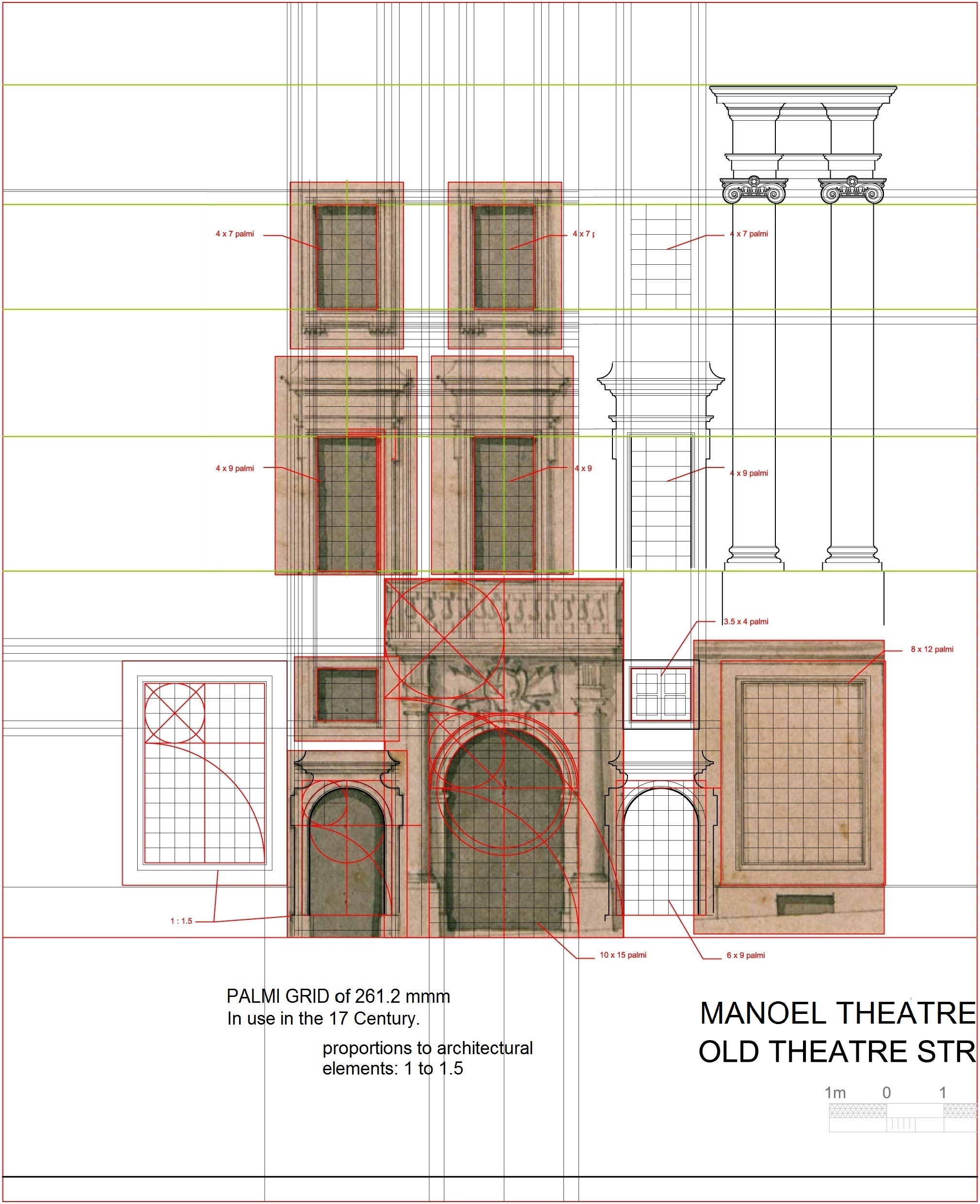
Several restoration exercises were carried out within the theatre over the past decades. The latest intervention, completed in 2021, included the restoration of the external façade on Old Theatre Street. The reconstruction was carried out following an in-depth study and analysis of the original façade drawings and proportions, as drawn in the Cabreo de Vilhena, together with a series of investigations on the physical fabric of the façade and additional analysis of multiple historical documents. The intervention philosophy aimed at re-establishing the visual legibility of the theatre façade with a reconstruction of window mouldings and cornices, together with the ground floor portion
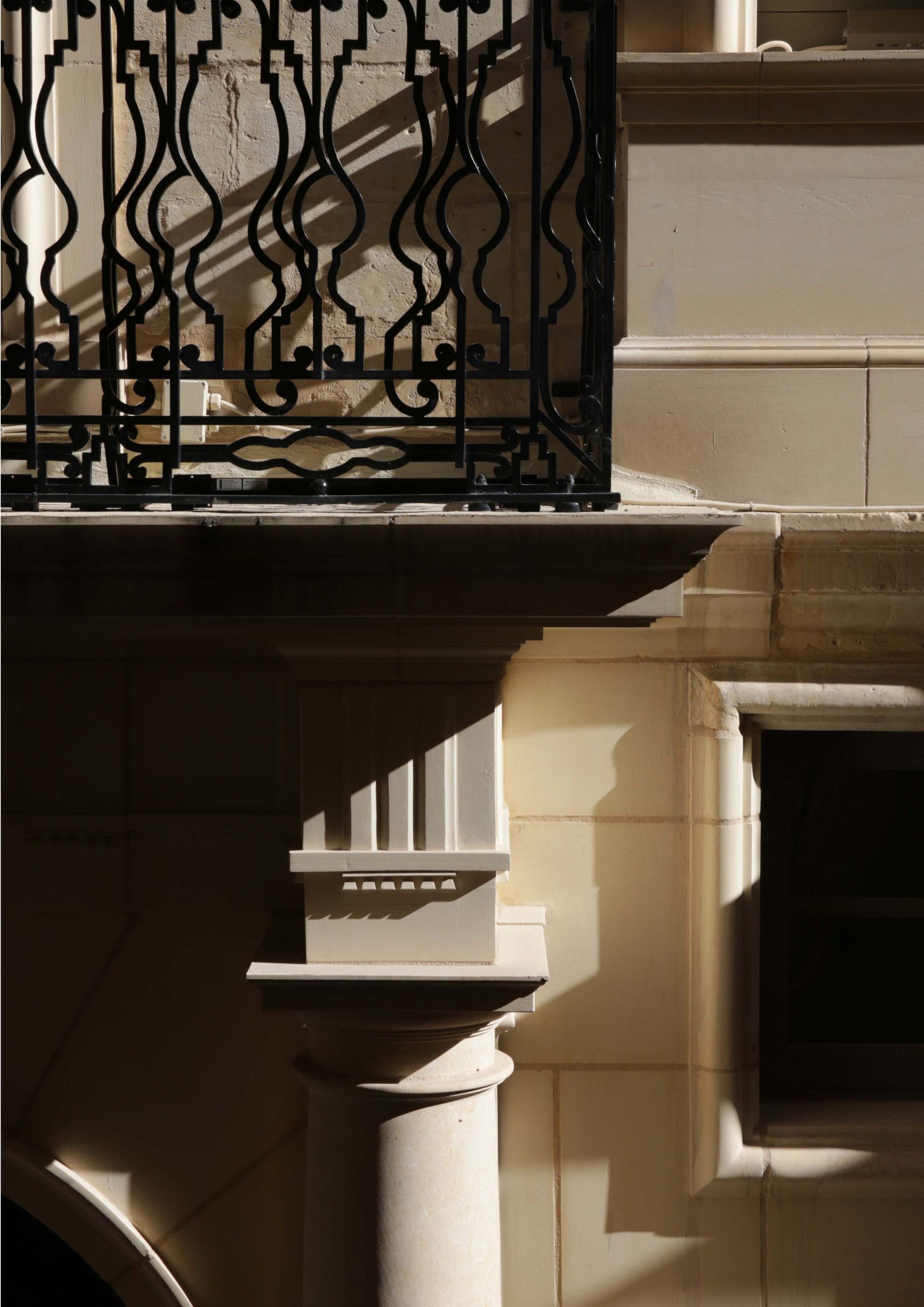
The reconstruction was carried out using local stone of double-course heights, cut using CNC technology, making the reconstruction distinguishable to future generations. Furthermore, a new balcony was installed including railing in a three-layered wrought iron system, fragmenting the original balustrade visual as a contemporary reinterpretation. The façade reinstatement was completed with the restoration of existing timber apertures, the creation of new timber works for the re-shaped openings and the installation of new marble thresholds, incorporating the ‘Teatru Manoel’ branding within
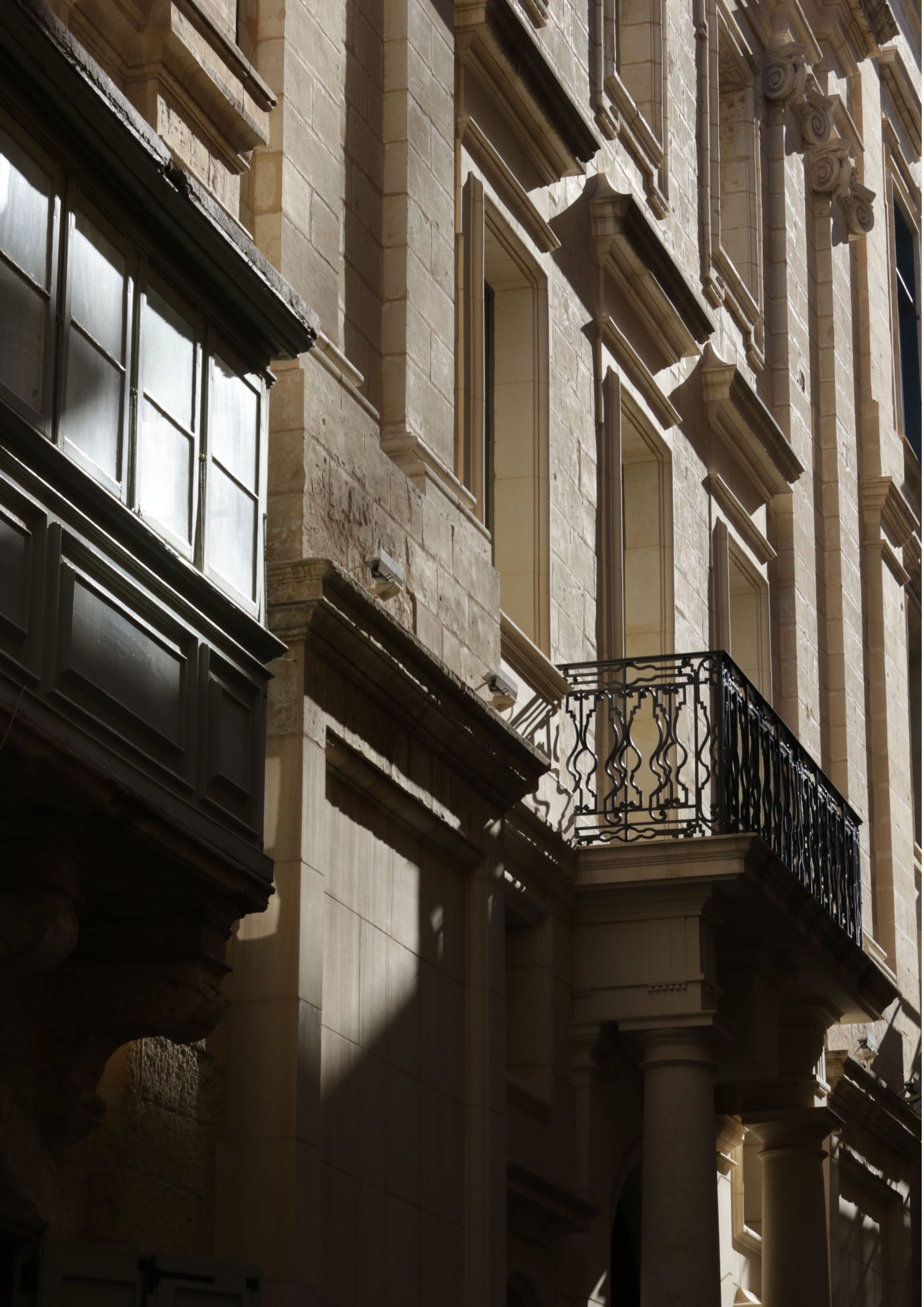
The theatre has been modified several times to adapt to new performance requirements, as well as to reflect various economic and cultural realities. Yet it has managed to preserve most of its initial qualities, making it one of the oldest surviving Baroque theatres. Today’s project inscribes itself in this historical continuum and strives to maintain the balance between the preservation of the theatre’s rich heritage and its necessary transformation, to reflect contemporary values and uses. The architectural challenge was to ensure the successful cohabitation of the monument with its functions as
